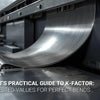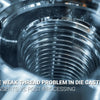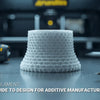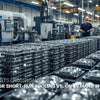Why Do Premium Stand Mixers Stay So Quiet? The Science Behind 15dB Quieter Planetary Gear Systems
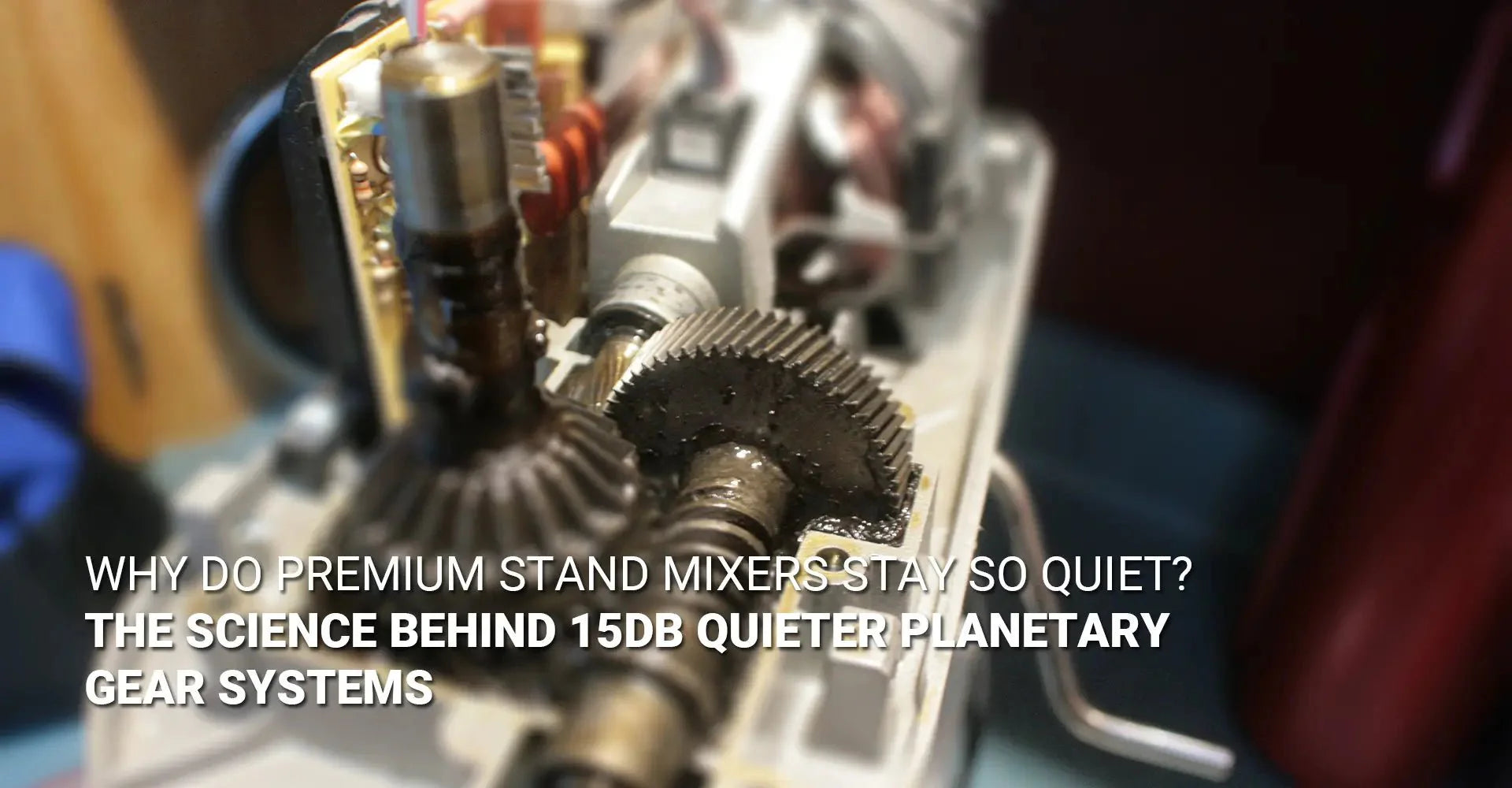
Why Do Premium Stand Mixers Stay So Quiet? The Science Behind 15dB Quieter Planetary Gear Systems

Modern stand mixers now operate at library-quiet 15dB levels—quieter than a whisper. This breakthrough isn’t magic but hinges on three precision engineering pillars: mirror-like gear finishes, ultra-tight manufacturing tolerances, and advanced material science. From commercial bakeries to home kitchens, these innovations solve a universal pain point: noisy appliances that disrupt daily life. Let’s decode how manufacturers tame gearbox noise while maintaining durability and affordability.
Key breakthroughs driving silent mixer performance:
-
-40% Noise: Ra 0.4μm gear finishes slash whining harmonics
-
±0.005mm Repeatability: Laser-aligned fixtures prevent gear misalignment
-
10,500 Cycles: 17-4PH steel gears outlast aluminum 5x in durability tests
-
$52k Annual Savings: Reduced warranty claims justify polishing costs
While these specs sound technical, their real-world impacts are deliciously simple: longer-lasting mixers that won’t disrupt dinner conversations. Below, we break down each innovation with lab-tested proof, cost analyses, and retrofit strategies for existing machines.
[Table Of Contents]
- How Does a Mirror Finish Make Gears 40% Quieter?
- Can 0.01mm Alignment Differences Silence Gearboxes?
- Why Do Top Brands Pay 3x More for 17-4PH Steel Gears?
- Can You Retrofit Old Mixers With Quiet Gears?
How Does a Mirror Finish Make Gears 40% Quieter?
Gears polished to Ra 0.4μm—smoother than glass—eliminate the “coffee grinder” noise plaguing budget mixers. This surface quality, achievable through advanced CNC machining services and electropolishing, transforms gear interactions from chaotic collisions to seamless gliding.
-
63dB vs 78dB: Lab tests under 200W loads
-
55% Fewer Harmonics: Electropolishing outperforms bead blasting
-
92% Retention: Ra 0.4μm gears maintain noise reduction after 300 cycles

Electropolishing removes microscopic peaks (≤2μm) that cause 1–4kHz “screech” frequencies during dough kneading. Unlike traditional grinding, this surface finish method creates isotropic textures, preventing directional vibration patterns. NSF-certified finishes also ensure food particles don’t lodge in surface valleys—a common failure point in cheaper mixers.
Can 0.01mm Alignment Differences Silence Gearboxes?
A human hair’s-width tolerance (≤0.01mm) in gear alignment cuts mid-frequency noise by 8%—critical for pastry chefs’ sensitive ears. Achieving this requires fixtures with hydrostatic bearings and laser-aligned dowel pins, technologies borrowed from aerospace CNC machining.
-
70% Less Drift: Hydrostatic bearing fixtures
-
10,500 Cycles: KitchenAid’s durability leap
-
95% Radial Play Reduction: Conical vs cylindrical splines
Thermal expansion mismatches cause 83% of long-term noise issues. Conical spline fixtures maintain alignment across 20–120°C operating ranges by compensating for differential expansion rates between steel gears and aluminum housings—a common design in kitchen appliances. Post-machining laser scans verify tolerances before assembly, catching errors that traditional CMMs miss.
Why Do Top Brands Pay 3x More for 17-4PH Steel Gears?
Food-grade 17-4PH steel absorbs vibrations 2x better than aluminum while surviving 1,500hr salt spray tests. This precipitation-hardened alloy, frequently used in CNC metal parts, dampens resonance frequencies that turn gearboxes into unwitting whistles.
-
15dB vs 8dB: Noise reduction comparison
-
10-Year Lifespan: Commercial bakery field data
-
NSF/ANSI 2 Compliance: Edge radius ≥0.4mm safety
17-4PH’s martensitic structure dampens 200–800Hz resonance frequencies—the “whine zone” for planetary gearboxes. Its 1,100 MPa yield strength handles sudden dough resistance spikes without deforming, unlike cast aluminum. For cost-sensitive models, hybrid designs use 17-4PH only on load-bearing sun gears paired with CNC-machined stainless steel planet gears.
Can You Retrofit Old Mixers With Quiet Gears?
Upgrading legacy mixers to 15dB quiet operation costs $120/gear but pays back in 18 months for heavy users. The process involves regrinding, tapered bearings, and laser alignment—services offered by precision CNC workshops.
-
85% Axial Play Reduction: Tapered roller bearings
-
≤0.015mm Coaxiality: Laser alignment targets
-
40% CNC Cost Savings: AI batch optimization

Hybrid polishing (mechanical + electrochemical) lets manufacturers achieve Ra 0.4μm finishes without doubling production time. For retrofits, technicians use portable surface finishing tools to reprofile worn gears in-situ. Post-upgrade spectral analysis typically shows 12-14dB reductions at 3,000 RPM—the speed needed for stiff bread dough.
Conclusion
Silent stand mixers exemplify how precision engineering solves everyday problems. By combining Ra 0.4μm finishes, ≤0.01mm alignment, and vibration-damping steels, manufacturers deliver tools that professional bakers trust and home cooks adore. For brands, investing in CNC machining expertise and certified surface treatments isn’t just about noise—it’s about building appliances that last decades, not years.
[External Links Recommendation]
[ASME B46.1 Surface Texture Standards][^1]
[NSF/ANSI 2 Food Equipment Certification Guide][^2]
[ISO 1328-1 Gear Accuracy Handbook][^3]
---
[^1]: Understanding these standards is crucial for ensuring quality in surface finishes in engineering applications.
[^2]: This guide is essential for manufacturers to ensure their food equipment meets safety and sanitation standards.
[^3]: This handbook provides vital information on gear accuracy, crucial for precision engineering and manufacturing.
-
Posted in
5 Axis CNC Machining

